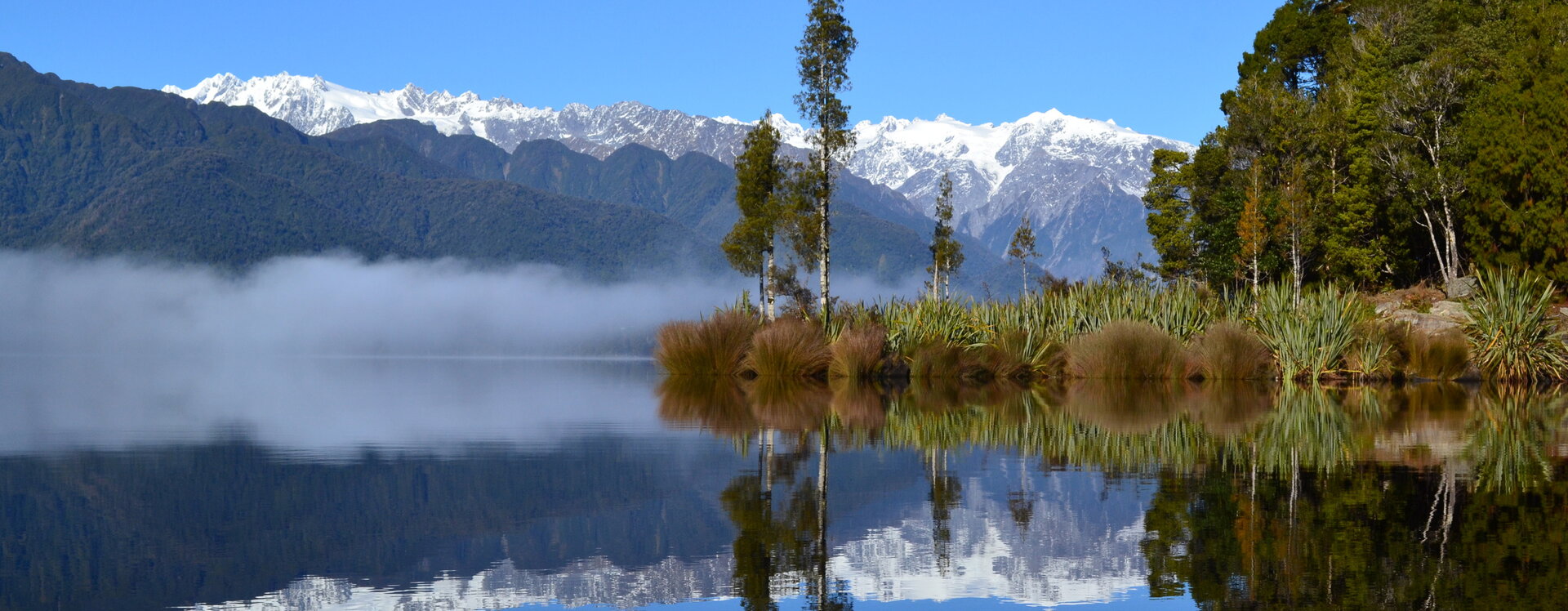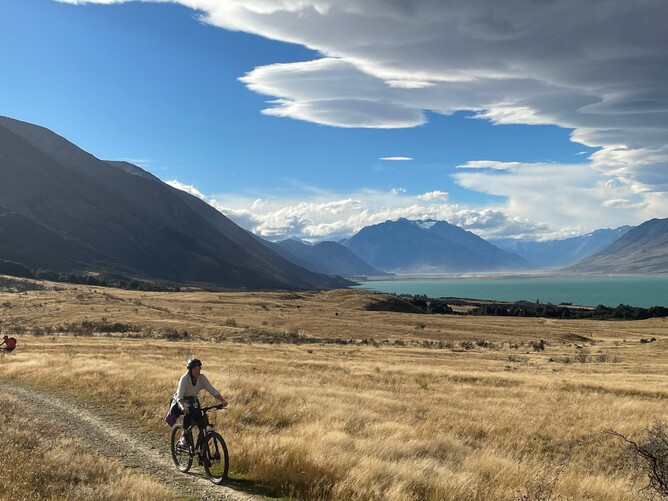The South Island of New Zealand offers some of the most breathtaking landscapes for biking, but the weather can significantly affect your experience. Here's a breakdown of what to expect from October through March, so you can plan your bike adventure accordingly.
October: Spring Awakens
October marks the beginning of spring on the South Island. The weather is still quite variable, with cool temperatures ranging between 10-17°C (50-63°F). Expect a mix of sunny days and the occasional rain shower. The trails can be damp, especially in the mornings, so be prepared with layers and waterproof gear. The landscapes begin to bloom, making for beautiful, scenic rides, especially through areas like Central Otago.
November: Blossoming Beauty
By November, spring is in full swing, and the weather becomes more stable. Temperatures warm up, ranging from 12-20°C (54-68°F). Rain is still a possibility, but there are more dry days, making it ideal for biking. The vibrant spring colours are at their peak, and the air is fresh with the scent of blooming flowers. Trails like the Queenstown Trail and the West Coast Wilderness Trail are particularly stunning during this time.
December: Early Summer Sunshine
December ushers in the early days of summer. The South Island enjoys longer daylight hours and temperatures that range from 14-22°C (57-72°F). Rainfall decreases, though brief showers can still occur, especially in the west. The trails are dry and in excellent condition, perfect for long rides. This is a popular time for both locals and tourists, so expect more traffic on popular trails. The Alps 2 Ocean Trail is especially popular in December, offering stunning views of Mount Cook.
January: Peak Summer
January is peak summer in New Zealand, with warm temperatures between 16-25°C (61-77°F). This is the busiest month on the trails, as both locals and international visitors take advantage of the holiday season. The weather is mostly dry and sunny, making it ideal for multi-day rides. However, it’s essential to wear sunscreen and stay hydrated, as the sun can be intense. Wine tasting in Marlborough is a highlight during this month.
February: Golden Days
February continues the summer trend with slightly more stable weather than January. Temperatures remain warm, around 15-24°C (59-75°F). Rain is rare, and the trails are dry and fast. The crowds begin to thin out towards the end of the month, making it a great time for a more peaceful ride. The Clutha Gold Trail and Roxburgh Gorge Trail are excellent choices for February, offering both history and stunning vistas.
March: The Quiet Transition
March signals the beginning of autumn, and the weather starts to cool, with temperatures ranging from 13-21°C (55-70°F). The days are still warm, but mornings and evenings can be crisp. The trails are quieter, making it a fantastic time for a more relaxed experience. The fall colors begin to emerge, especially in regions like Central Otago, making for some of the most picturesque rides of the year.
Final Tips for Biking on the South Island
Layer Up: Weather can change quickly, especially in the spring and autumn. Bring layers, including a windproof and waterproof jacket.
Sunscreen & Hydration: The New Zealand sun is strong, even on cooler days. Apply sunscreen regularly and stay hydrated.
Trail Conditions: Check local trail conditions before you head out, especially after heavy rains, as some trails may be muddy or partially closed.
Plan Ahead: Popular trails can get busy in December and January, so consider booking accommodations and tours in advance.
No matter when you choose to explore the South Island on your bike, you're in for an unforgettable experience. Each season offers something unique, making this region a fantastic destination for cycling enthusiasts.

